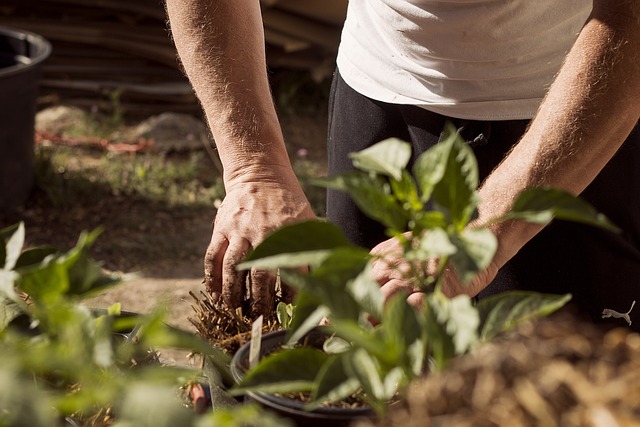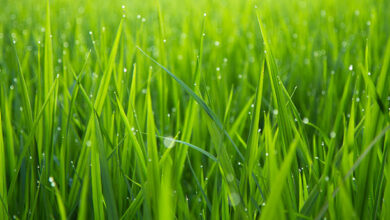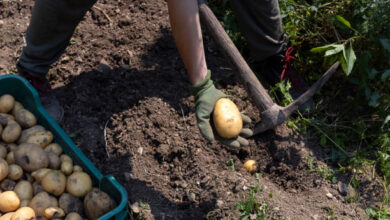
Mastering Structure Planting for a Stunning Garden
Have you ever wondered how professional landscapers create such visually stunning and cohesive gardens? The secret lies in structure planting. This technique brings order, balance, and year-round interest to gardens. In this comprehensive guide, we’ll explore the principles and benefits of structure planting, how to choose the right plants, and practical tips for designing your own garden masterpiece.
What is Structure Planting?
Definition and Importance
Structure planting is a garden design technique that emphasizes the use of plants to create a sense of order and organization. It involves selecting plants with strong shapes, forms, and textures to provide a framework for the garden. This method is essential for creating visually appealing and functional garden spaces, as it ensures that the garden remains attractive throughout the year.
Key Elements of Structure Planting
The key elements of structure planting include form, texture, and color. Form refers to the shape and size of the plants, which can range from tall and slender to low and spreading. Texture involves the surface quality of the plants, such as smooth, rough, or spiky. Color adds visual interest and can be used to create focal points or harmonize with the surrounding landscape. Together, these elements contribute to a balanced and harmonious garden design.
Historical Context
Structure planting has a rich history in traditional and modern garden design. It originated in the formal gardens of Europe, where symmetry and order were paramount. Today, structure planting is used in various garden styles, from classical to contemporary. Famous gardens such as the Versailles in France and Sissinghurst Castle Garden in England showcase the beauty and effectiveness of structure planting techniques.
Planning Your Structure Planting
Assessing Your Garden Space
Before you start structure planting, it’s essential to assess your garden space. Evaluate the size, shape, and existing features of your garden. Understand the sunlight patterns, soil type, and climate conditions to ensure that the plants you choose will thrive. Take note of any fixed elements, such as pathways, patios, and fences, as these will influence your planting design.
Designing with Structure in Mind
Creating a garden plan that incorporates structural elements is crucial. Use garden design principles such as balance, symmetry, and repetition to guide your layout. Balance ensures that both sides of the garden have equal visual weight, while symmetry involves mirroring elements on either side of a central axis. Repetition of shapes, colors, and textures creates a cohesive and unified look.
Choosing the Right Plants
Selecting the right plants is key to successful structure planting. Look for plants that provide strong forms and year-round interest. Examples include evergreen shrubs, trees, and perennials with distinctive shapes. Popular choices for structure planting are boxwood, yew, and holly for their dense foliage and ability to be shaped. Consider the plant’s growth habit, maintenance needs, and compatibility with your garden’s conditions.
Implementing Structure Planting Techniques
Planting for Year-Round Interest
To ensure your garden looks appealing in all seasons, plant combinations that provide color, texture, and form throughout the year. Use evergreen plants as a backbone, interspersed with deciduous shrubs and perennials that offer seasonal interest. Spring bulbs, summer-flowering perennials, and autumn foliage add layers of beauty and keep the garden dynamic.
Creating Focal Points
Focal points draw the eye and create interest in the garden. Use plants and garden features to establish these points. Examples of effective focal points include specimen trees, sculptures, or water features. Position focal points strategically to lead the viewer’s gaze and enhance the overall composition of the garden.
Layering and Depth
Layering plants add depth and dimension to your garden. Use a mix of plant heights and textures to create a multi-dimensional effect. Taller plants should be placed at the back or center, with medium-height plants in the middle and shorter plants at the front. This technique not only adds visual interest but also maximizes the use of space.
Maintenance and Care of Structured Gardens
Pruning and Shaping
Regular pruning and shaping are essential to maintain the structural form of your plants. Pruning helps control the size and shape of the plants, promoting healthy growth and preventing overgrowth. Use the right tools and techniques for effective pruning, such as sharp shears and precise cuts. Timing is also important, as different plants have specific pruning seasons.
Seasonal Maintenance
Structured gardens require seasonal maintenance to keep them looking their best. In spring, clean up any winter debris, prune dead or damaged branches, and refresh mulch. Summer maintenance involves regular watering, weeding, and deadheading spent flowers. In autumn, prepare the garden for winter by pruning back perennials, raking leaves, and protecting tender plants from frost.
Long-Term Garden Planning
Plan for the long-term growth and development of your garden. Consider the mature size of the plants and their growth rates to ensure they don’t outgrow their space. Be prepared to adjust and evolve your structure planting over time, as plants mature and new elements are added. Regularly evaluate your garden’s design and make necessary changes to maintain its beauty and functionality.
YOU MAY LOVE TO READ
Kokedama Plants: Everything You Need To Know
Huckleberry Gold Potatoes: A Culinary Treasure
What is O Farming? Organic Farming
Examples and Inspiration
Case Studies of Beautiful Structured Gardens
Showcase examples of well-designed gardens that use structure planting. Analyze what makes these gardens successful, such as plant choices, layout, and design principles. Examples include formal gardens, cottage gardens, and modern minimalist gardens. Highlight specific plants and features that contribute to the garden’s structure and appeal.
DIY Projects and Ideas
For beginners, start with simple structure planting projects. Create a small structured bed with a mix of evergreens and perennials or design a container garden with structured plants. Urban gardens can also benefit from structure planting, using vertical elements and compact plants to maximize space. Experiment with different plant combinations and layouts to find what works best for your garden.
Expert Tips and Advice
Gain insights from professional landscapers and garden designers. Learn common mistakes to avoid and pro tips for success. Experts can offer valuable advice on plant selection, design techniques, and maintenance practices. Follow their guidance to achieve a stunning and well-structured garden.
Conclusion
Structure planting is a powerful technique for creating visually stunning and cohesive gardens. From understanding its principles and planning your garden to implementing and maintaining structural elements, this method ensures your garden remains attractive and functional throughout the year. Start planning your own structured garden today and share your progress and experiences with us!
Have you tried structure planting in your garden? Share your experiences and photos in the comments below! If you’re inspired to start your own structure planting project, let us know how it goes.




